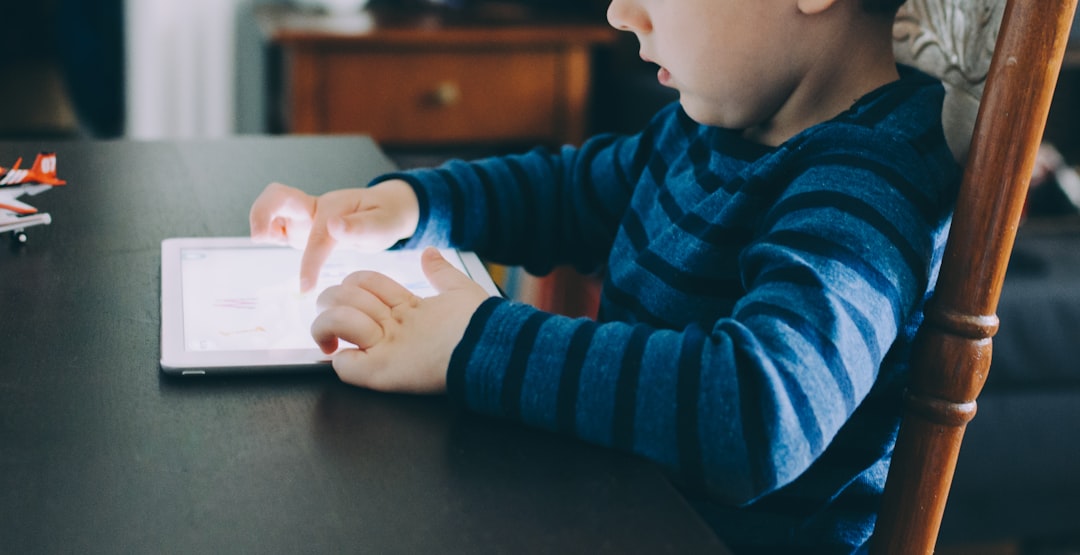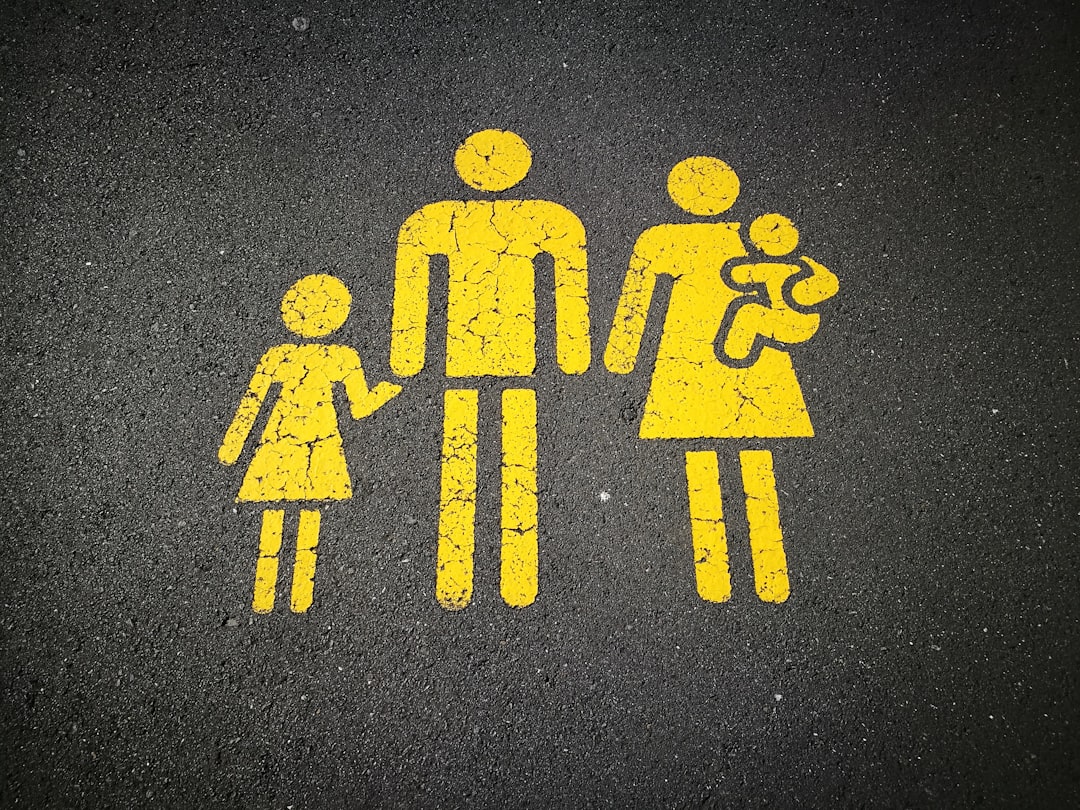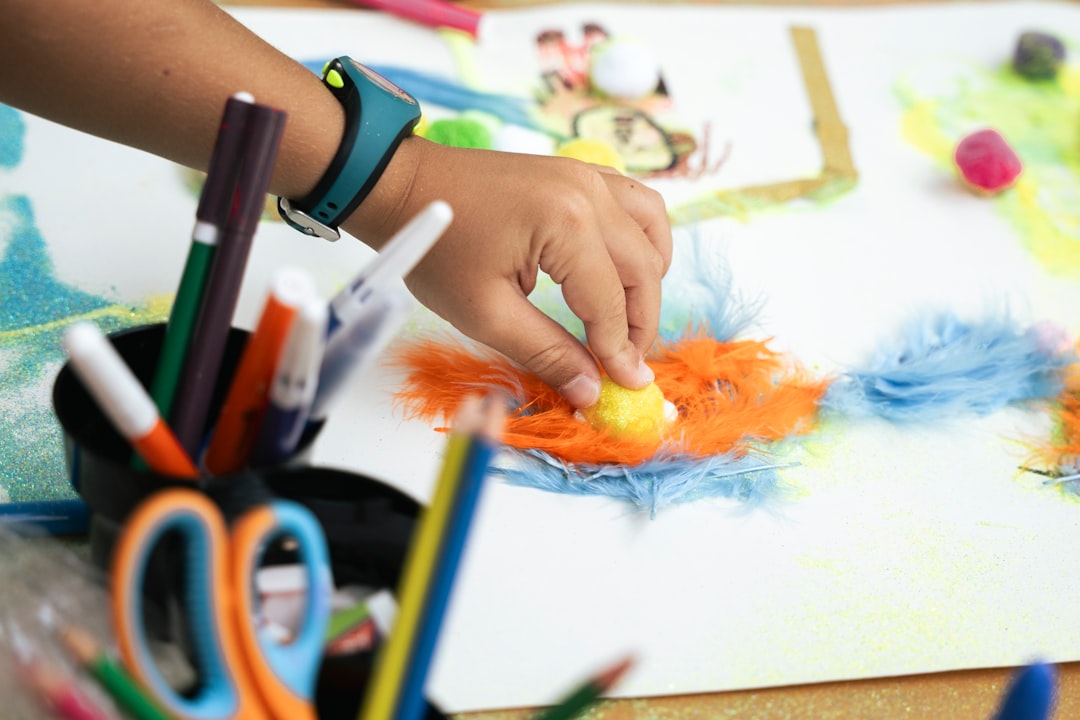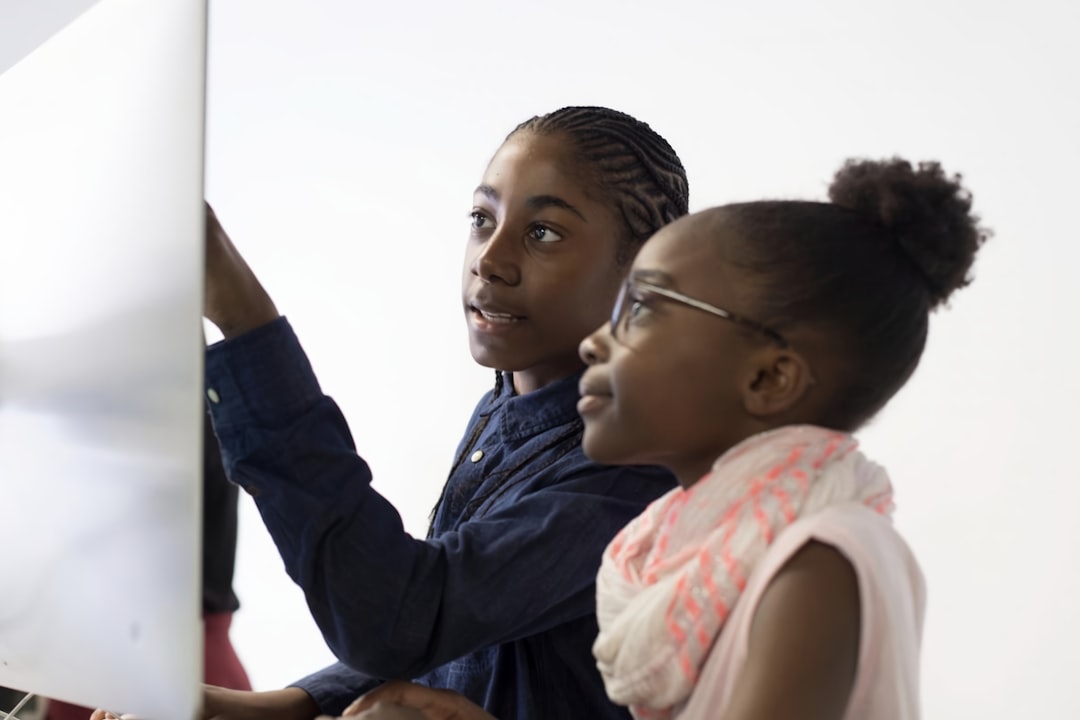In the swiftly evolving landscape of the 21st century, the integration of technology in education is no longer a supplementary option but a fundamental necessity. As digital tools and platforms become more pervasive, the potential to enhance educational outcomes through technology grows exponentially. This exploration delves into how technology, when used thoughtfully and creatively, can transform traditional educational paradigms, offering children innovative ways to learn, explore, and engage with the world around them.
The Digital Classroom
The concept of the digital classroom extends beyond merely incorporating electronic devices into school lessons. It involves a comprehensive rethinking of how educational content is delivered and how students interact with it. Interactive whiteboards, virtual reality (VR), and augmented reality (AR) are shifting the instructional landscape, making lessons more engaging and interactive. For instance, VR can transport students to ancient Egypt or the surface of Mars, offering immersive learning experiences that are impossible in a traditional classroom setting.
Personalized Learning Through AI
Artificial Intelligence (AI) stands out as a transformative force in personalized education. AI systems can analyze a child’s learning pace and style, adapting the educational material accordingly. This ensures that every child receives instruction that is tailored to their individual needs, optimizing their learning potential. Moreover, AI-driven analytics can help educators identify areas where students struggle the most, allowing for targeted interventions that are data-driven and precise.
Gamification of Learning
Gamification is the technique of applying game-design elements in non-game contexts to enhance user engagement and problem-solving. In educational settings, gamification can transform mundane tasks into exciting challenges. Educational video games and apps, such as those that teach coding, math, or language skills, motivate children by rewarding them for achieving specific goals, thus making the learning process enjoyable and effective.
The Role of E-Books and Online Resources
The rise of e-books and online educational resources has democratized access to information, providing children from various backgrounds the opportunity to learn and grow. Digital libraries and platforms offer vast amounts of information in a variety of formats—videos, podcasts, and interactive modules—that cater to diverse learning preferences. Furthermore, these resources are often updated in real-time, ensuring that learners have access to the most current information and methodologies.
Preparing for the Future
As we prepare our children for futures that are likely to be heavily intertwined with technology, it is crucial to teach them not only how to use technological tools but also about the ethics and responsibilities associated with them. Digital literacy should be paired with critical thinking skills to help young learners navigate the vast seas of information they encounter online, discerning between credible and non-credible sources.
Incorporating technology into education represents a significant opportunity to enhance learning in powerful and effective ways. By embracing these advancements, educators can provide a more dynamic, engaging, and inclusive learning environment that prepares children for the digital age. The synergistic relationship between technology and education for kids not only supports academic achievements but also equips them with essential life skills, bridging their way to a promising and well-equipped future.




